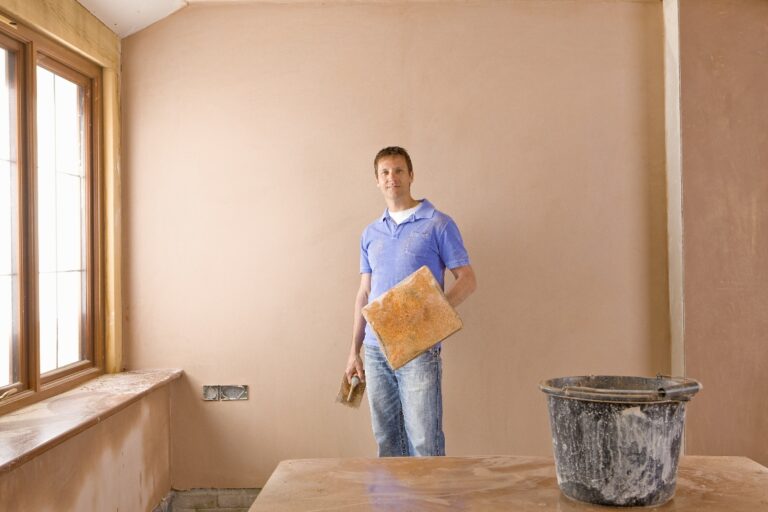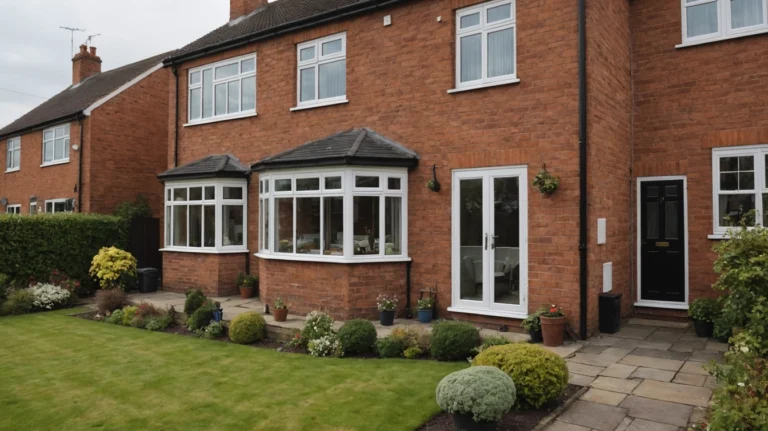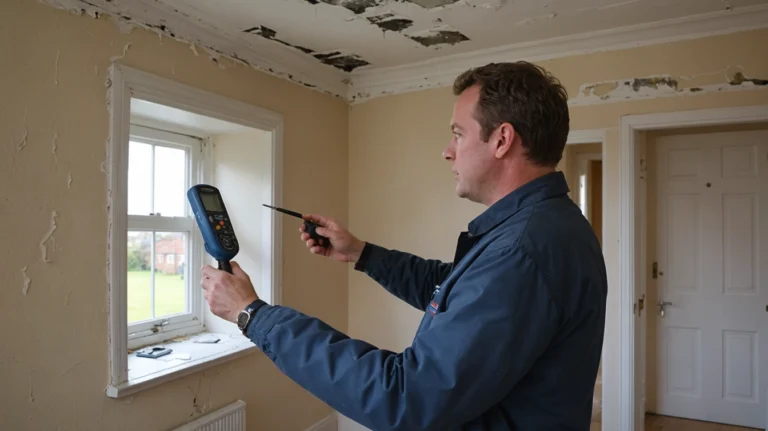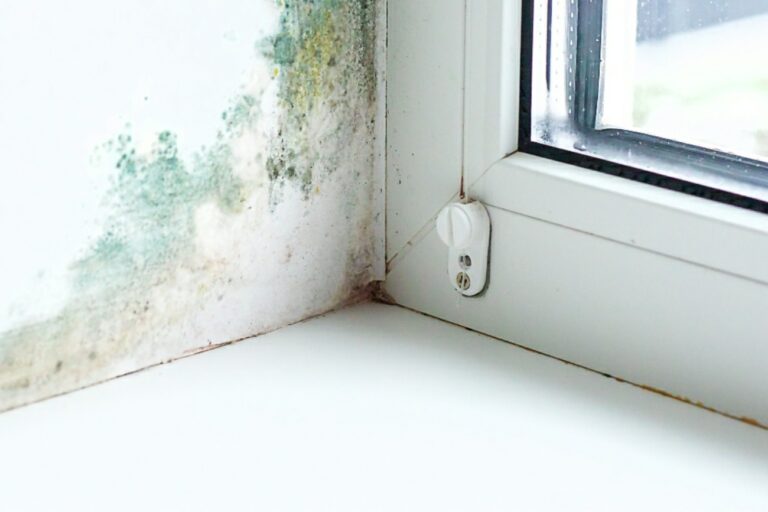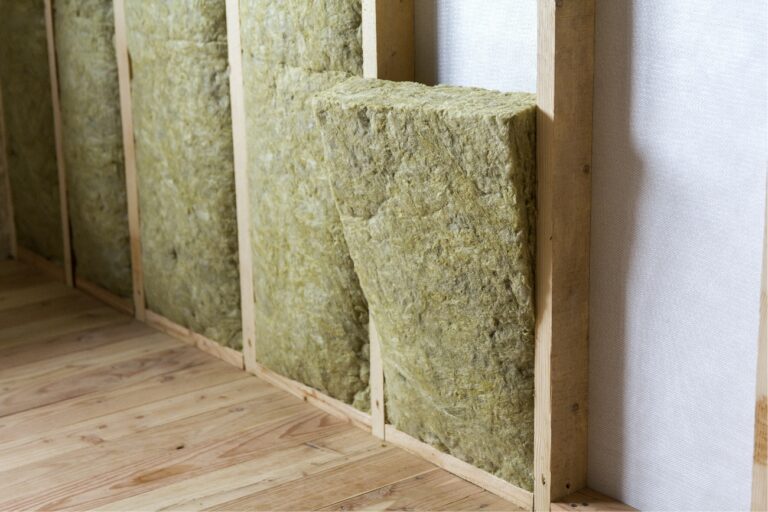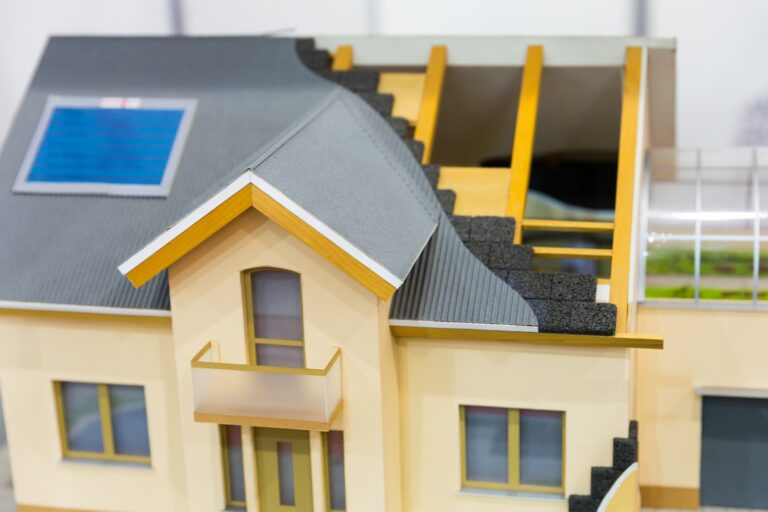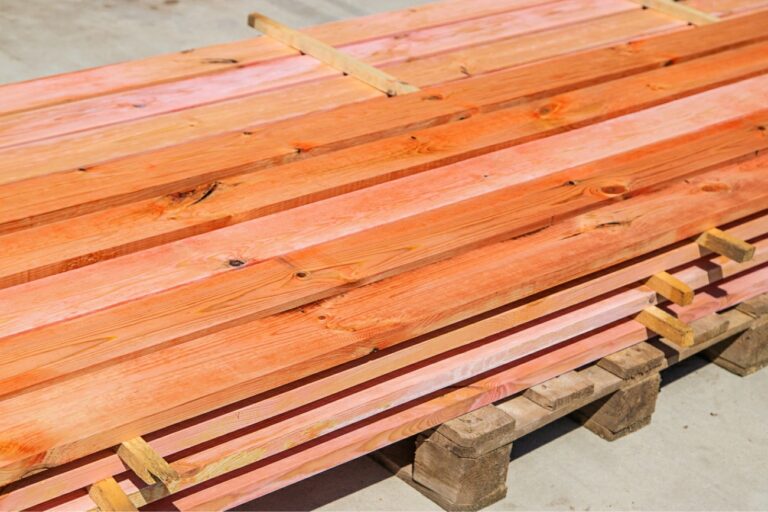Modern vs traditional rendering – which is right for your home? Picture walking down a leafy street in Guildford or Woking. Some homes wear a crisp, coloured cloak with a subtle texture, while others show off a more rugged, lime-rich finish. These decorative layers are not just aesthetic; they shield the building from rain, improve insulation and add personality. If you’ve ever wondered whether to go for a modern silicone render or stick with traditional sand and cement, you’re not alone. I once debated this while renovating a Victorian terrace; the choice seemed daunting until I understood the differences. This guide will help you weigh up the pros and cons to make an informed decision.
What is Rendering?
Rendering adds a protective and decorative coat to exterior walls. In the UK, the two main categories are traditional sand/cement render and modern systems such as silicone, acrylic or monocouche. The right choice depends on your property’s age, construction and desired look. GO2 Property Services often guides homeowners through this decision, taking into account local climate and planning constraints.
Traditional Sand and Cement Render
This method has been used for centuries, combining sand, cement and sometimes lime. It is usually applied in multiple layers and finished with paint. Traditional render provides a textured, breathable surface ideal for period homes. It is cheaper than modern alternatives and can be tinted in many colours. However, sand/cement render is rigid and can crack as buildings settle. It is also more porous, meaning it may absorb moisture unless properly sealed. Over time, homeowners often need to repaint and repair patches due to flaking or algae growth.
Modern Silicone Render
Silicone render has transformed the market. It is a ready-mixed product that incorporates silicone additives to improve flexibility, breathability and water resistance. The system includes a base coat with reinforcement mesh, a colour primer and a thin top coat applied to around 1.5 mm thickness. Because the pigment runs through the entire material, there is no need to paint, and colours remain consistent. Silicone render repels water, allowing rain to run off easily and reducing staining. It is highly breathable, enabling moisture to escape from the wall and reducing condensation. Its flexibility helps prevent cracks caused by thermal expansion or minor structural movement.
According to industry specialists, key benefits of silicone render include water repellency, breathability, flexibility, low maintenance and pre-coloured finishes. Although the upfront cost is higher, reduced upkeep and greater durability often make it a cost-effective choice in the long run.
Other Modern Systems
Acrylic and polymer renders also offer good adhesion and weather resistance. Lime render, often used on historic buildings, is highly breathable but less durable. Monocouche render combines cement, lime and aggregates into a single coat for faster application. Each system has unique properties; for example, acrylic renders are easier to apply but may not last as long as silicone.
Comparing Performance
Modern renders, particularly silicone, are more flexible and crack-resistant than traditional cement, which tends to be brittle. Silicone surfaces also resist algae growth and are easier to maintain. Both types can provide attractive finishes, but silicone offers a wider range of colours and textures. Traditional renders can achieve smooth or textured finishes but require painting and more frequent upkeep.
Cost and Maintenance
Traditional sand/cement render is cheaper to install but may need repainting every 5–10 years. Silicone render costs more initially but can remain fresh for a decade or longer, saving on paint and maintenance. Industry sources report that silicone’s self-cleaning properties reduce algae and dirt build-up, cutting down on upkeep. Consider long-term costs: labour and scaffolding for repainting a high wall can outweigh the initial savings of a cheaper material.
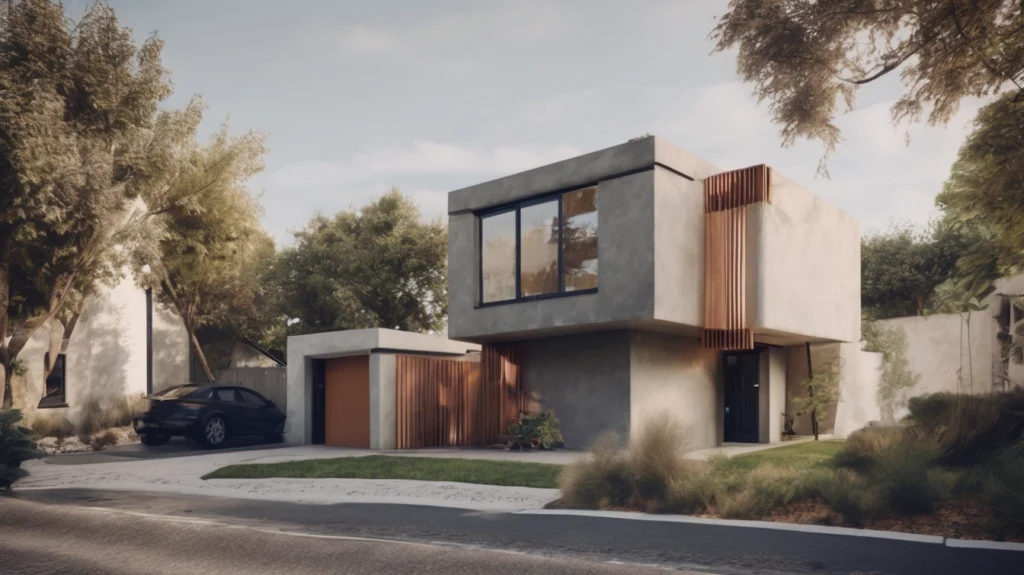
Energy Efficiency and Moisture Control
Silicone render is vapour-permeable: it keeps rain out while allowing internal moisture to escape. This helps regulate indoor humidity and can improve energy efficiency when combined with external wall insulation. Traditional cement render is less breathable, so moisture can become trapped behind it, leading to damp issues if not properly detailed.
Planning Permission and Aesthetic Considerations
In conservation areas or on listed buildings, local authorities often prefer traditional finishes that match historic aesthetics. If you live in a Victorian terrace or Georgian townhouse, lime or sand/cement render may be more appropriate. Modern systems offer design flexibility and are ideal for contemporary homes or extensions. Always check with your local council’s planning department before changing the exterior finish of your property.
So Which Render is Right for You?
There’s no one-size-fits-all answer. Homeowners in Guildford and Woking may choose silicone render for a low-maintenance, modern finish that stands up to rain and pollution. Those restoring a cottage in Berkshire might opt for traditional render to preserve authenticity. Factors to weigh include budget, building age, desired appearance, maintenance tolerance and potential planning restrictions. A professional surveyor can assess your walls and recommend the most suitable material.
Working with GO2 Property Services
At GO2 Property Services, we specialise in both modern and traditional rendering. Our team uses breathable, flexible systems such as silicone render and monocouche for modern projects, and sand/cement or lime for period properties. We guide clients through design choices, ensure proper substrate preparation and apply finishes with care to prevent cracking or moisture issues. We also offer complementary services like damp proofing and insulation to deliver a complete solution.
Whether you’re upgrading a pebble-dash semi or restoring a rural cottage, we’ll tailor our approach to your needs. Contact us for a survey and discover how the right render can enhance your home’s appearance, protect it from the elements and even lower energy bills.
Conclusion
Rendering isn’t just about looks – it’s a key part of your home’s protection and energy performance. Modern silicone systems bring durability, colour stability and low maintenance, while traditional render offers character and is better suited to historic buildings. Weigh your options, get expert advice and choose a finish that suits your property’s personality and your lifestyle. Through informed decisions and professional application, you can enjoy a beautiful, weather-resistant exterior for years to come.


